Scientists find hint of alien life on distant world
NASA's James Webb Space Telescope has detected a possible signature of life on planet K2-18b

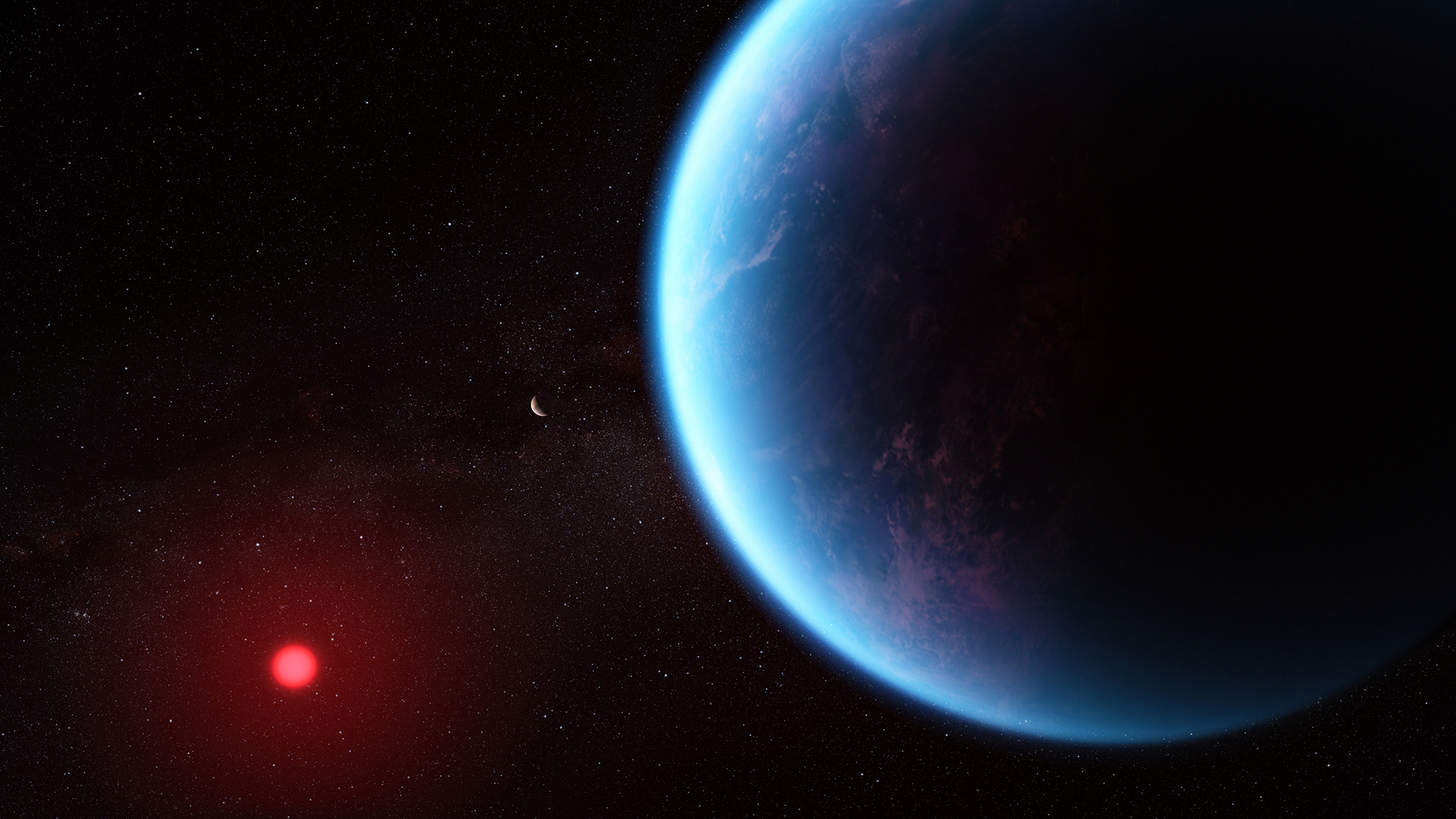
What happened
Astrophysicists reported Wednesday they had found significant evidence that life may exist on a planet called K2-18b, some 124 light years away. The report, published in The Astrophysical Journal Letters, said NASA's James Webb Space Telescope had detected large amounts of dimethyl sulfide and/or dimethyl disulfide — gasses that on Earth are only created by living organisms — in the exoplanet's atmosphere.
Who said what
Study leader Nikku Madhusudhan, from Cambridge University's Institute of Astronomy, said the new findings point to K2-18b, discovered in 2015, being a "hycean world" covered by a deep ocean "teeming with life." The team didn't prove the existence of alien life, but "this is a revolutionary moment," he said at a news conference. "It's the first time humanity has seen potential biosignatures on a habitable planet."
Other scientists urged caution. A "molecule glimpsed in the air of a planet 729 trillion miles away is a thin reed upon which to rest what would be the historic discovery of alien life," The Washington Post said.
The Week
Escape your echo chamber. Get the facts behind the news, plus analysis from multiple perspectives.

Sign up for The Week's Free Newsletters
From our morning news briefing to a weekly Good News Newsletter, get the best of The Week delivered directly to your inbox.
From our morning news briefing to a weekly Good News Newsletter, get the best of The Week delivered directly to your inbox.
What next?
The "rich data from K2-18b make it a tantalizing world," and "I look forward to seeing additional, independent work on the data analysis starting as soon as next week," said planetary scientist Christopher Glein of the Southwest Research Institute in Texas, per The New York Times. But "unless we see E.T. waving at us, it's not going to be a smoking gun."
A free daily email with the biggest news stories of the day – and the best features from TheWeek.com
Peter has worked as a news and culture writer and editor at The Week since the site's launch in 2008. He covers politics, world affairs, religion and cultural currents. His journalism career began as a copy editor at a financial newswire and has included editorial positions at The New York Times Magazine, Facts on File, and Oregon State University.
-
 The small Caribbean island courting crypto billions
The small Caribbean island courting crypto billionsUnder the Radar Crypto mogul Olivier Janssens plans to create a libertarian utopia on Nevis
-
 Political cartoons for December 21
Political cartoons for December 21Cartoons Sunday’s political cartoons include Christmas movies, AI sermons, and more
-
 A luxury walking tour in Western Australia
A luxury walking tour in Western AustraliaThe Week Recommends Walk through an ‘ancient forest’ and listen to the ‘gentle hushing’ of the upper canopy
-
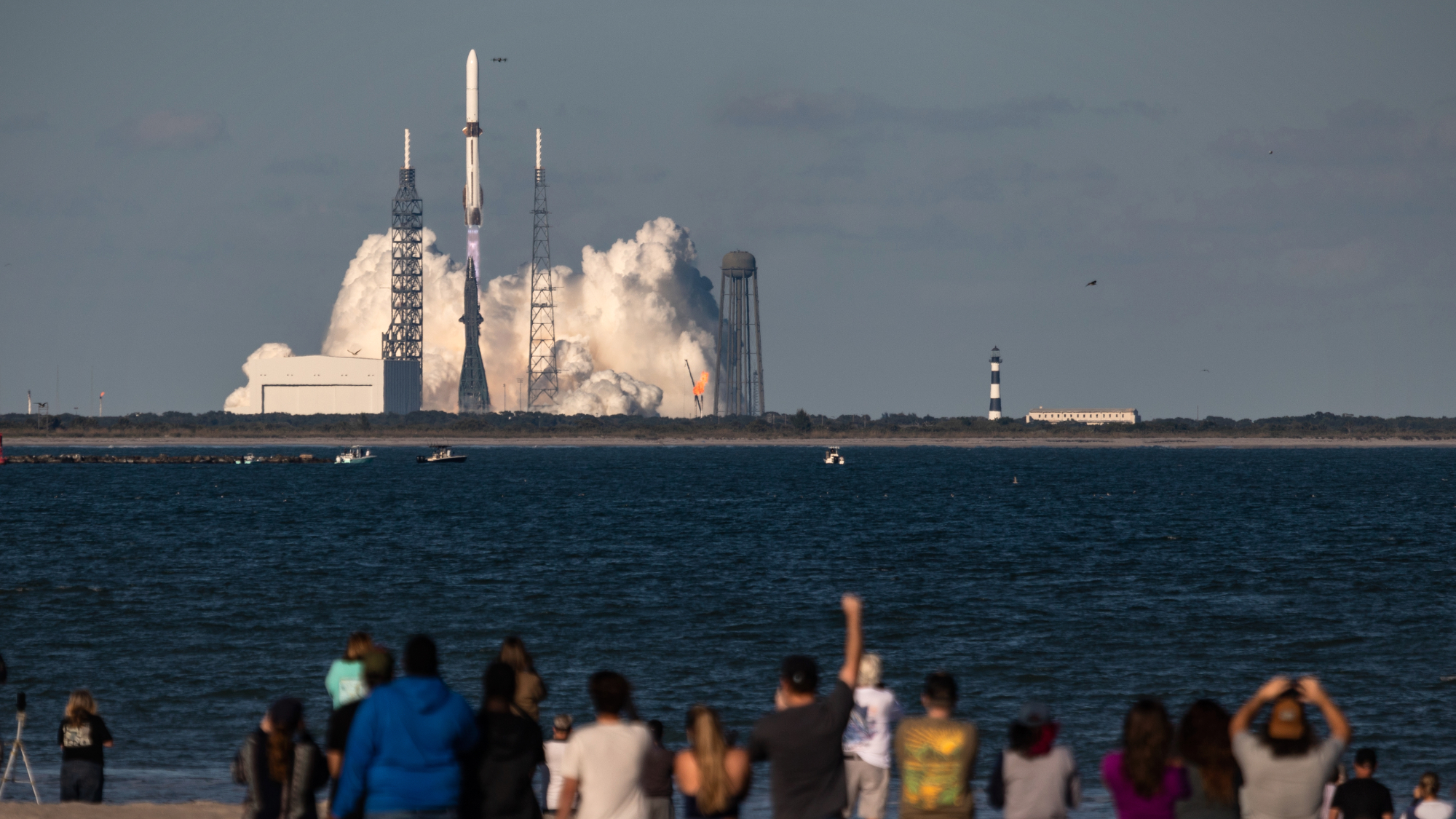 Blue Origin launches Mars probes in NASA debut
Blue Origin launches Mars probes in NASA debutSpeed Read The New Glenn rocket is carrying small twin spacecraft toward Mars as part of NASA’s Escapade mission
-
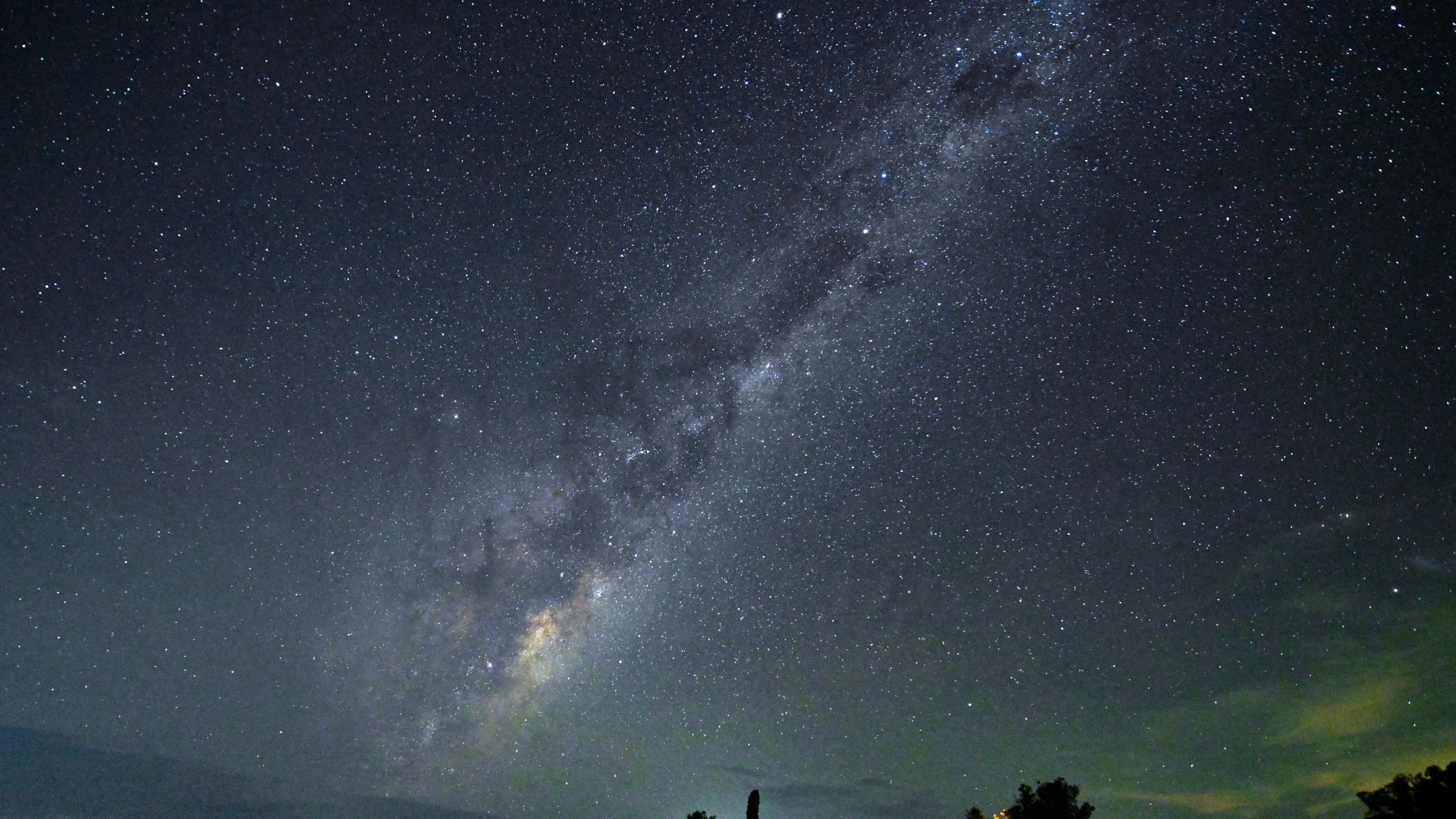 ‘The Big Crunch’: why science is divided over the future of the universe
‘The Big Crunch’: why science is divided over the future of the universeThe Explainer New study upends the prevailing theory about dark matter and says it is weakening
-
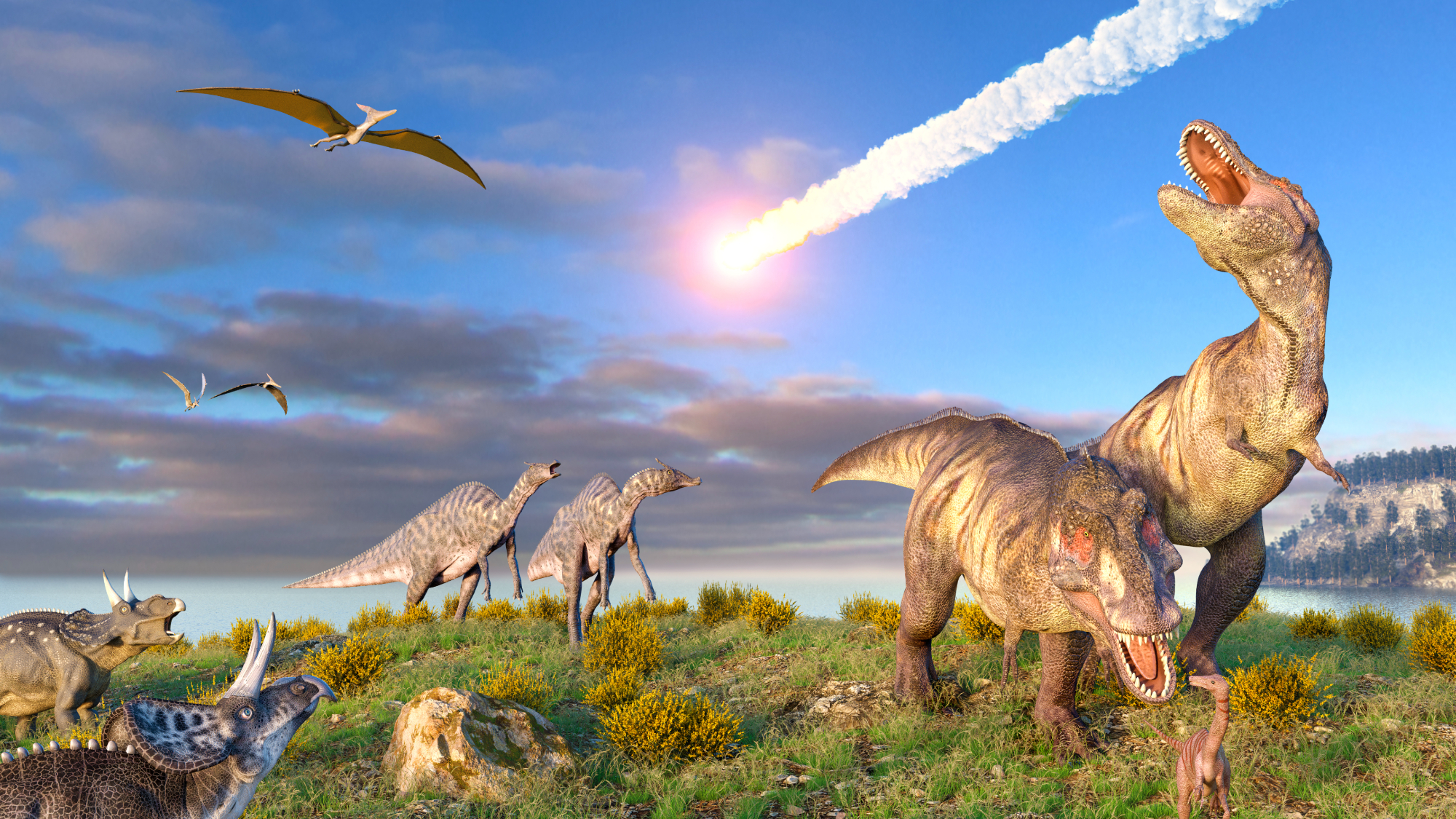 Dinosaurs were thriving before asteroid, study finds
Dinosaurs were thriving before asteroid, study findsSpeed Read The dinosaurs would not have gone extinct if not for the asteroid
-
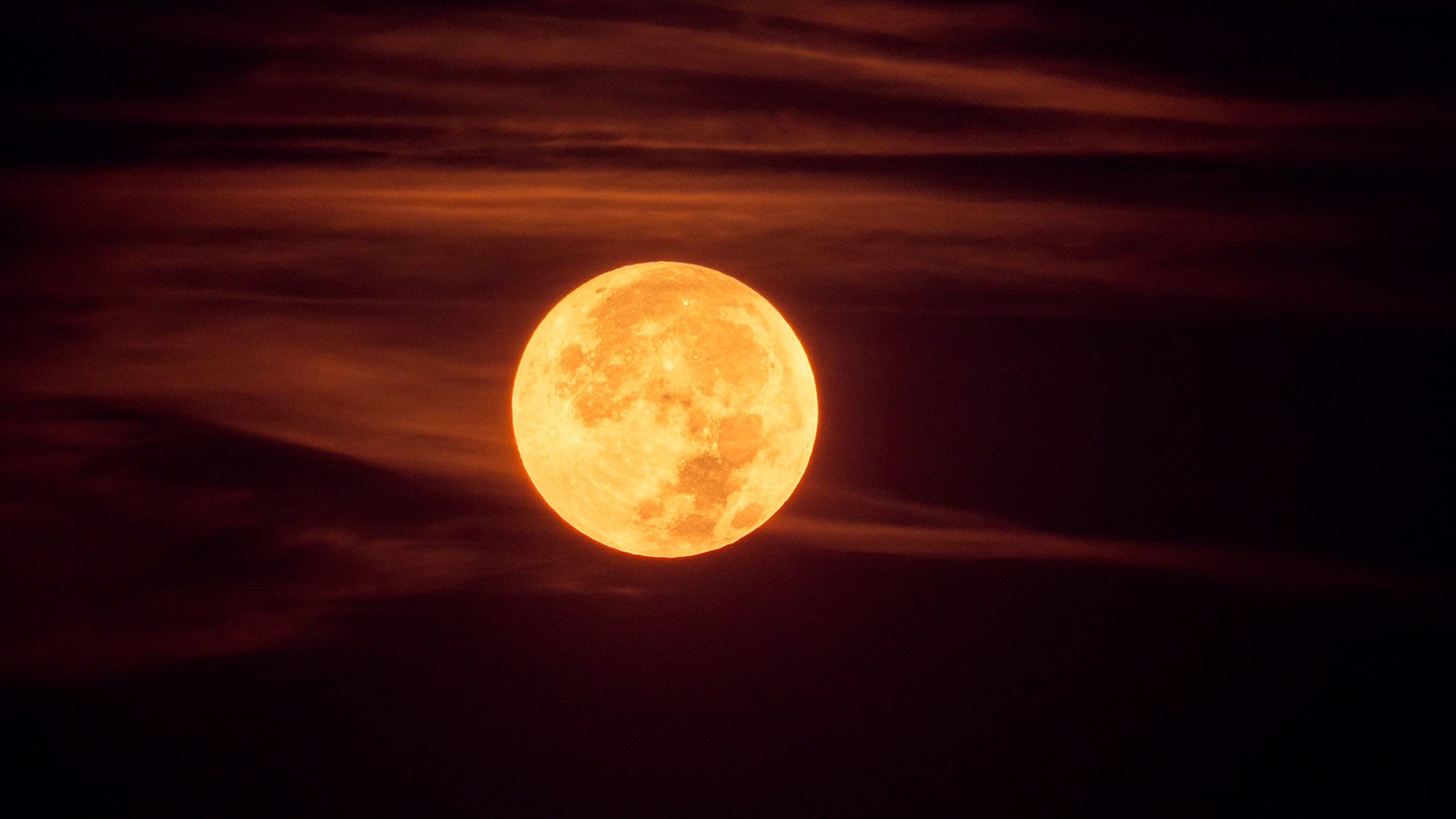 The moon is rusting
The moon is rustingUnder the radar The Earth is likely to blame
-
 Africa could become the next frontier for space programs
Africa could become the next frontier for space programsThe Explainer China and the US are both working on space applications for Africa
-
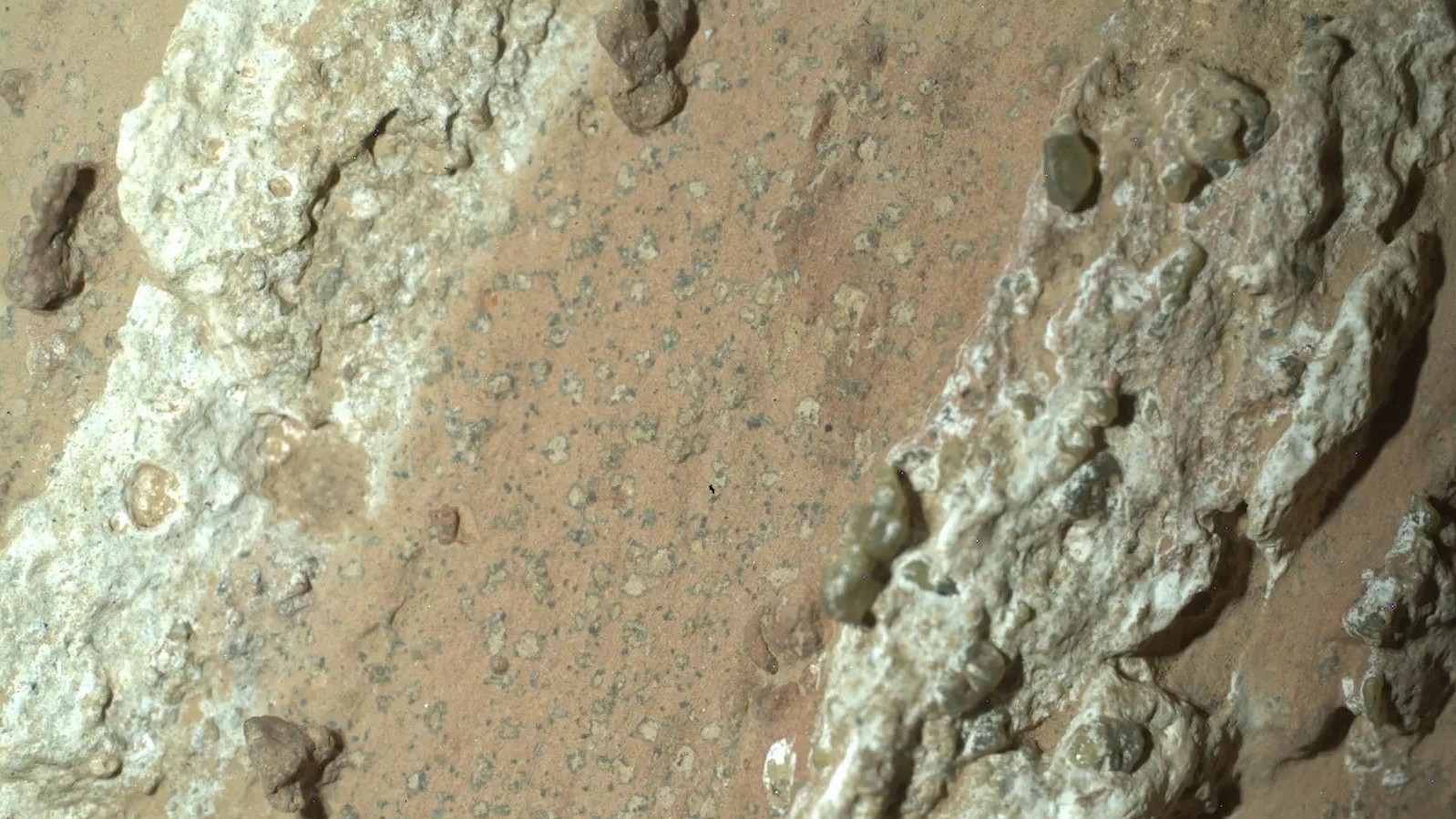 NASA reveals ‘clearest sign of life’ on Mars yet
NASA reveals ‘clearest sign of life’ on Mars yetSpeed Read The evidence came in the form of a rock sample collected on the planet
-
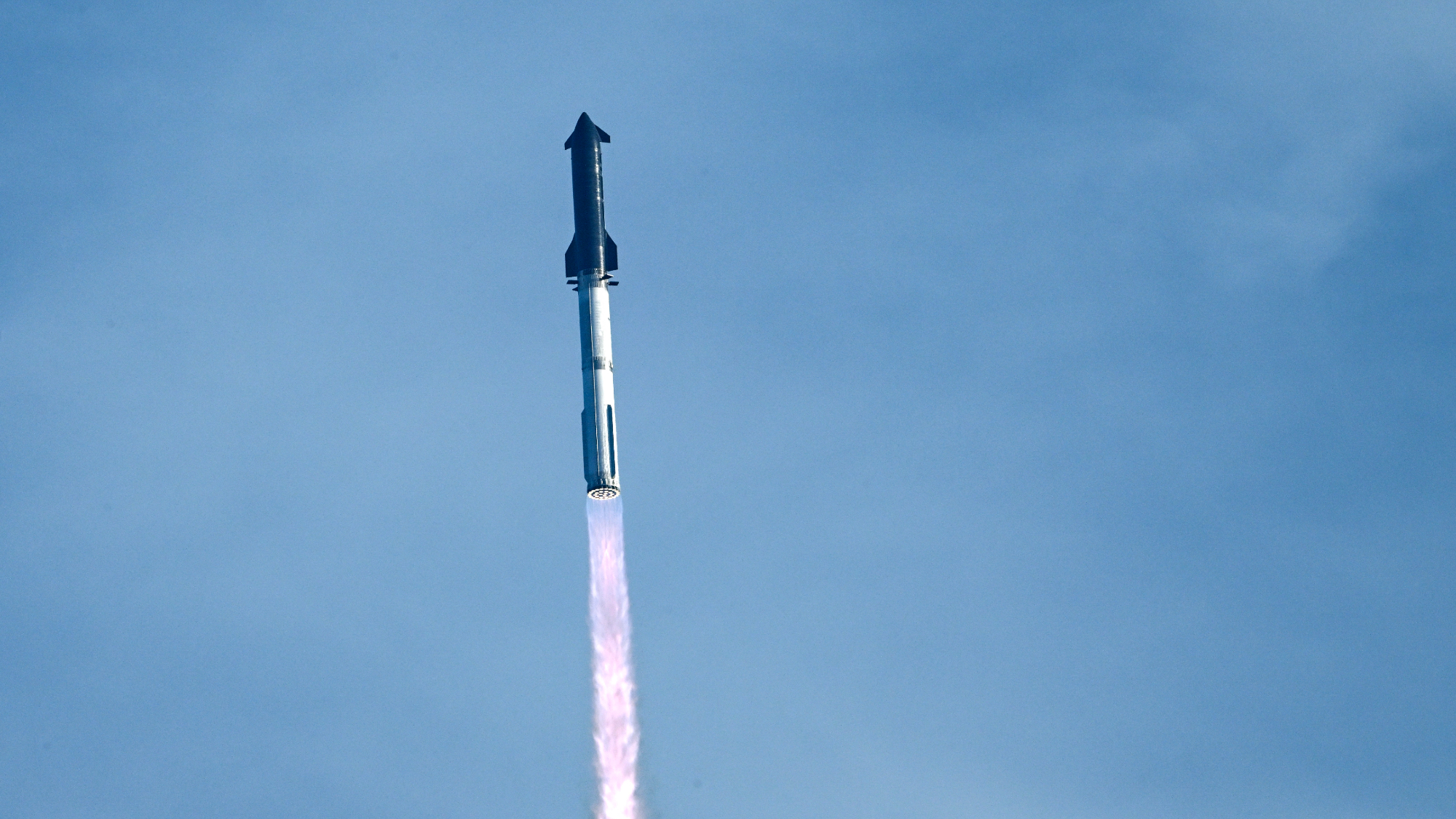 SpaceX breaks Starship losing streak in 10th test
SpaceX breaks Starship losing streak in 10th testspeed read The Starship rocket's test flight was largely successful, deploying eight dummy satellites during its hour in space
-
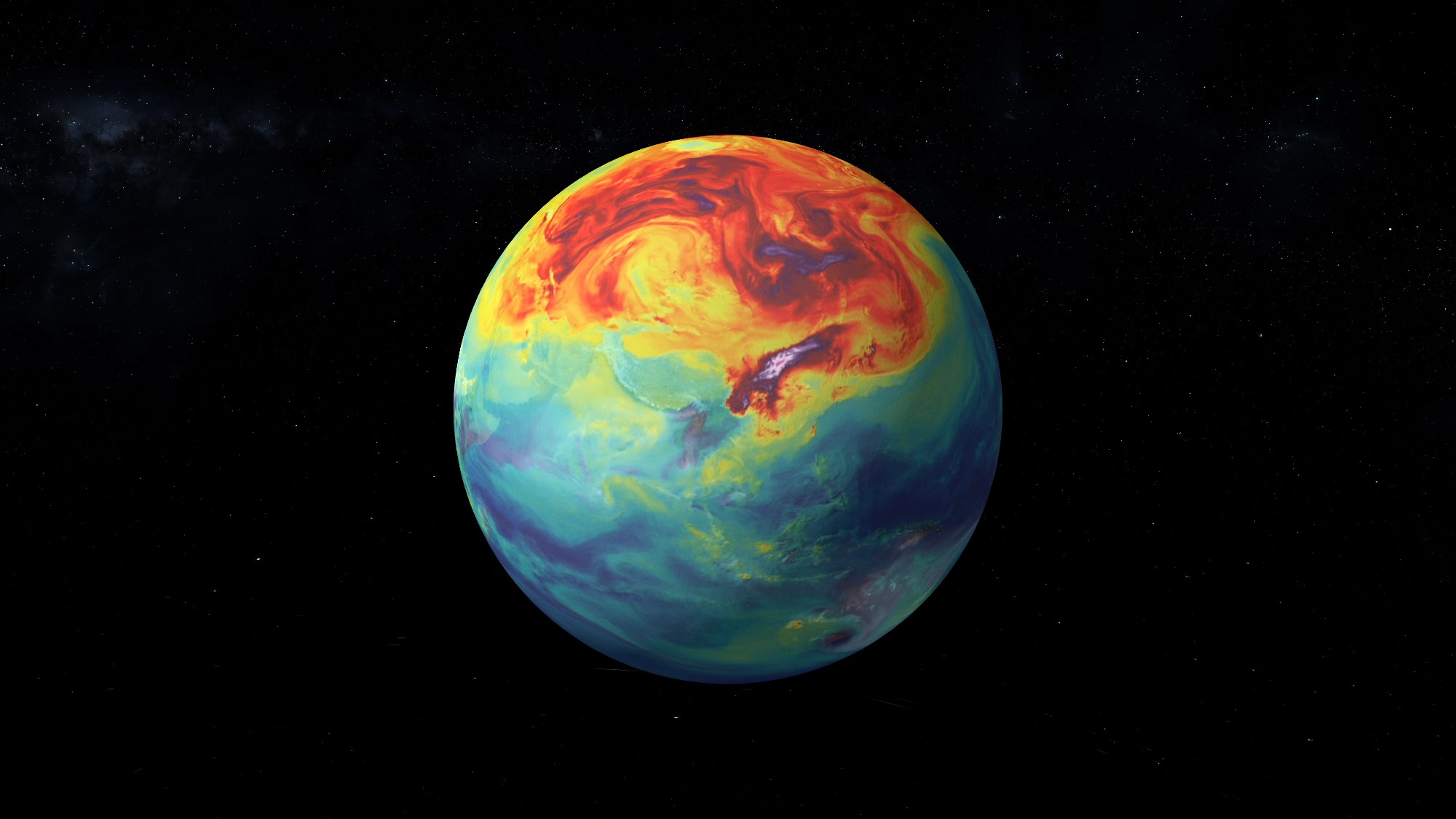 NASA is moving away from tracking climate change
NASA is moving away from tracking climate changeThe Explainer Climate missions could be going dark
